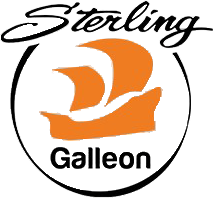All Categories









Revell 05218 German Research Vessel Meteor 1:300 Model Kit, Unpainted
Share Tweet








Revell 05218 German Research Vessel Meteor 1:300 Features
-
Revell 05218 German Research Vessel Meteor 1:300 Model Kit
-
Highly detailed body styling
-
Highly detailed deck
-
Authentic decal set
About Revell 05218 German Research Vessel Meteor 1:300
On 15th March 1986, the new Meteor, at that time the most-up-to-date exploration vessel in the world, went into service. She was the third research vessel to bear that name and represented the state of the art. The 97.5m long Meteor was built at the Schlichting Shipyard in Travemunde in only 11 months. The floating research laboratory weighs 4,400 tonnes and is powered by a diesel electric power plant that gives it a speed of 15 knots (27 km/h); it has a radius of operations of about 10,000 sea miles (18,000 km). The Meteor carries a 33-man crew and offers ideal working conditions for 29 scientists operating on behalf of the German Hydrographical Institute in various fields of marine research. The Meteor programme extends throughout the world in the fields of oceanography, marine chemistry, marine biology, meteorology, geology, ecology and air technology. There is space available to accommodate laboratory and material containers for numerous experiments. Eight winches with a total of 60 km of ropes and cables enable samples to be obtained from a depth of 10,000 metres. Newly designed sounding systems enable the surface of the seabed to be surveyed and analysed in layers of up to 70 metres.




 (1)
(1)























